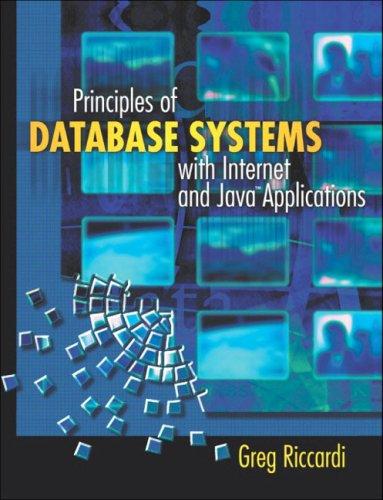Answered step by step
Verified Expert Solution
Question
1 Approved Answer
The objective of Lab 1 is to write a Verilog module that displays the message Hello xxxx or anything on the 7 - segment displays
The objective of Lab is to write a Verilog module that displays the message Hello xxxx or anything on the segment displays of your FPGA prototype board. To do this you will write a Verilog module that converts the ASCII. Problem Complete the code above for all letters and numbers not just the ones you need for
your test.
Problem Next you need to write the parent module in which the code above is an instance. This parent module that instantiates ASCIISeg to display Hello OLHreplace with your initials should look something like this in Verilog. Note, if you run a simulation of ASCIICodes you must force Kkey to or for it to choose a message. You can choose a ASII radix in ModelSim which will cause it to show Hello and OLH for the message, but you might as well use a radix of binary for the HexSeg variables. They are not ASCII codes and will not look in ModelSim like the letter or number.
Code is giving me errors please help me to correct them:
ASCII to segment display coversation
module ASCIISeg input : AsciiCode, output reg : HexSeg;
always @ begin
HexSeg d initialization of variable HexSeg
$displayAsciiCode b AsciiCode;
case AsciiCode
Letter A
h : HexSeg;
Letter a
h : begin
HexSeg;
end
Letter B
h : begin
HexSeg; HexSeg;
end
I finished the st part
default : HexSeg b; Turn all the bits by default
module ASCIICodes input Kkey output : HexSeg HexSeg HexSeg HexSeg HexSeg;
reg : Message :;
always @ begin
Message H; Initialization of the message in each pass
Message E;
Message L;
Message L;
Message ;
caseKkey
b : begin
Message S; Case for a parallel structure
Message T;
Message E;
Message V;
Message E;
end
default : begin
Message H; Default to set message in every case
Message E;
Message L;
Message L;
Message ;
end
endcase
end
ASCIISeg SevHMessage HexSeg;
ASCIISeg SevHMessage HexSeg;
ASCIISeg SevHMessage HexSeg;
ASCIISeg SevHMessage HexSeg;
ASCIISeg SevHMessage HexSeg;
endmodule
Step by Step Solution
There are 3 Steps involved in it
Step: 1

Get Instant Access to Expert-Tailored Solutions
See step-by-step solutions with expert insights and AI powered tools for academic success
Step: 2

Step: 3

Ace Your Homework with AI
Get the answers you need in no time with our AI-driven, step-by-step assistance
Get Started


